Future Car Technologies – Alternative Fuel Vehicles
This is the second part to the article about future car technologies.
An alternative fuel vehicle is a vehicle that runs on an energy source other than conventional petroleum fuels (petrol or diesel). Due to a combination of factors, such as environmental concerns, high oil prices and the potential for peak oil, the development of alternative energy sources for vehicles will increase in the future. This article will list all the major currently existing alternative energy vehicle technologies.
Hybrid electric vehicles such as the Toyota Prius are not technically alternative fuel vehicles, because they still have to use conventional fuels when their batteries run out of power. However the electric battery is an alternative energy source, so hybrid cars will be included in this article.
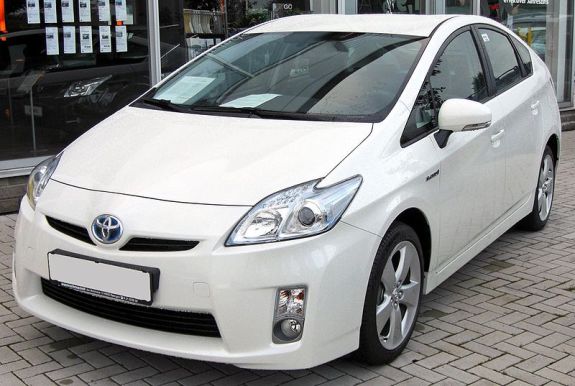 The Toyota Prius is one of the most popular hybrid electric cars.
The Toyota Prius is one of the most popular hybrid electric cars.
As of July 2010 more than 40 million alternative fuel and advanced technology vehicles have been in use worldwide out of about 900 million cars and light trucks in total. This alternative fuel fleet is made up mainly of:
- Over 20 million flexible-fuel vehicles.
- About 11 million natural gas vehicles.
- Between 2.4 to 3.0 million bioethanol vehicles.
- More than 3.1 million hybrid electric vehicles.
Compressed air engine
An air engine is an emission-free piston engine that uses compressed air as a source of energy. The first compressed air car was invented by a French engineer named Guy Nègre. The expansion of the compressed air is used to drive the pistons in a modified piston engine. The only exhaust is cold air (about −15 °C), which could also be used to air condition the car.
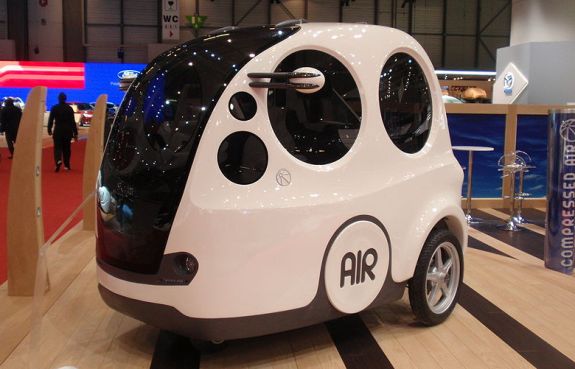 The MDI AirPod is a compressed air car designed by Motor Development International.
The MDI AirPod is a compressed air car designed by Motor Development International.
Battery electric vehicle
Battery electric vehicles (BEVs), also known as all-electric vehicles (AEVs), are electric vehicles that are solely powered by the chemical energy of batteries. The 2011 Nissan Leaf, pictured below, is the world’s first mass production 100% electric car for sale from a major manufacturer.
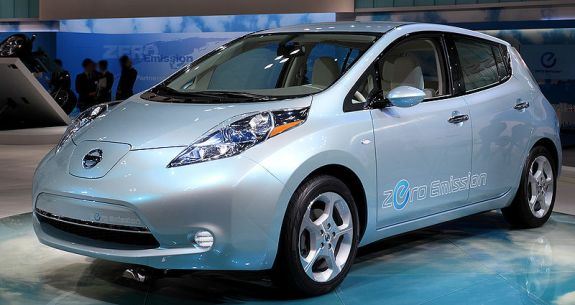 The 2011 Nissan Leaf
The 2011 Nissan Leaf
Since battery electric vehicles are becoming more common, the need for EV charging installations has become more important. Reliable and accessible charging infrastructure ensures that drivers can easily recharge their vehicles, overcoming the challenge of limited range and frequent recharging. For homeowners, installing a charging station provides convenience and cost savings, while businesses can attract eco-conscious customers and enhance employee satisfaction by offering workplace charging solutions. Public spaces equipped with charging points promote wider adoption of EVs and support sustainable urban development. To explore tailored options for your needs, visit this page for electric vehicle charging installation and discover solutions that make EV ownership seamless and efficient.
Solar vehicle
A solar vehicle is an electric vehicle powered by solar electricity. This is obtained from solar panels on the surface generally on the top or window of the vehicle. Photovoltaic (PV) cells convert the sun’s energy directly into electrical energy. Solar vehicles are not sold as practical day-to-day transportation devices at present. However solar panels could be used to recharge an electric car’s batteries. In that case solar energy would only be a supplement, the chemical battery being the main energy source of the car.
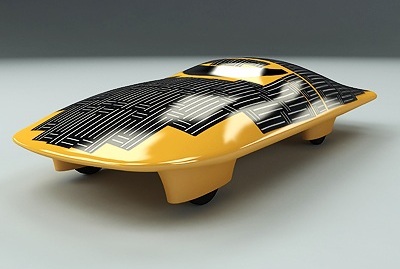 The Ned, constructed in 1999 by the South Australian Solar Car Consortium, can speed up to 120km/h.
The Ned, constructed in 1999 by the South Australian Solar Car Consortium, can speed up to 120km/h.
Ammonia fueled vehicle
Ammonia is being used with success by developers in Canada. A great advantage of this type of fuel is that it can be used in spark ignited or diesel engines with only minor modifications. Despite this fuel’s toxicity it is thought to be no more dangerous than petrol. On combustion it has no emissions other than nitrogen and water vapor.
Biofuels
Biofuels are a wide range of fuels which are in some way derived from biomass. Usually they are made of plants grown for that purpose.
Bioethanol is an alcohol made by fermenting the sugar components of plant materials. Bioethanol can be used as a fuel for vehicles in its pure form, but it is usually used as a gasoline additive to increase octane and improve vehicle emissions.
Biodiesel is made from vegetable oils, animal fats or recycled greases. Biodiesel can be used as a fuel for vehicles in its pure form as well, but it is usually used as a diesel additive to reduce levels of particulates, carbon monoxide, and hydrocarbons from diesel-powered vehicles.
Natural gas vehicle
High pressure compressed natural gas, mainly composed of methane, can be used to fuel normal combustion engines instead of gasoline. Combustion of methane produces the least amount of CO2 of all fossil fuels. Most gasoline cars can be retrofitted to compressed natural gas.
Hydrogen vehicle
A hydrogen car uses hydrogen as its primary source of power. These cars generally use the hydrogen in one of two methods: combustion or fuel-cell conversion. In combustion, the hydrogen is “burned” in engines in fundamentally the same method as traditional gasoline cars. In fuel-cell conversion, the hydrogen is turned into electricity through fuel cells which then powers electric motors. With either method, the only byproduct from the spent hydrogen is water.
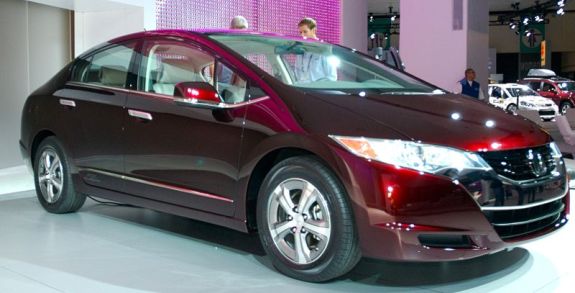 The 2009 Honda FCX Clarity is a hydrogen fuel cell automobile launched to the market in 2008.
The 2009 Honda FCX Clarity is a hydrogen fuel cell automobile launched to the market in 2008.
Liquid nitrogen vehicle
A liquid nitrogen vehicle is powered by liquid nitrogen, which is stored in a tank. The engine works by heating the liquid nitrogen in a heat exchanger, extracting heat from the ambient air and using the resulting pressurized gas to operate a piston or rotary engine. Vehicles propelled by liquid nitrogen have been demonstrated, but are not yet used commercially.
Flexible-fuel vehicle
A flexible-fuel vehicle (FFV) or dual-fuel vehicle is a vehicle with an internal combustion engine designed to run on more than one fuel, usually gasoline blended with either ethanol or methanol fuel, and both fuels are stored in the same common tank.
Hybrid vehicle
A hybrid vehicle uses multiple propulsion systems to provide motion. The most common type of hybrid vehicle is the gasoline-electric hybrid vehicles, which uses gasoline and electric batteries to power it’s engine. The Toyota Prius is the best example of such a vehicle and it has been featured in a picture at the beginning of this article.
Pedal-assisted electric hybrid vehicle
In very small vehicles, the power demand decreases, so human power can be employed to make a significant improvement in battery life. An example of such a vehicle is the Sinclair C5 pictured below.
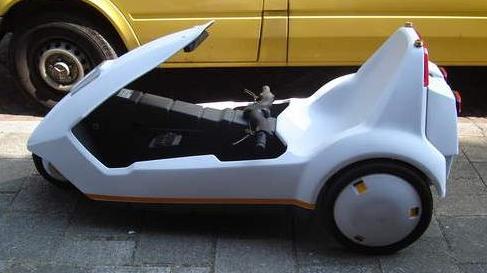
Would you like to receive similar articles by email?



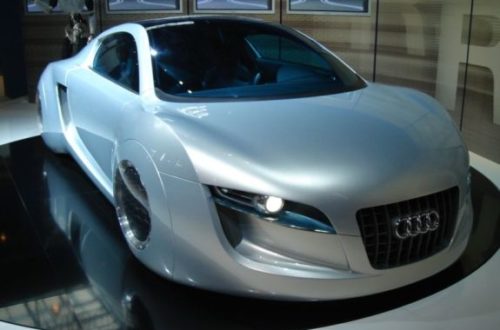
4 Comments
tej
HI. One of interesting alternatives (in terms of fuel) is also Air car. It has zero pollution because of the fact that is running on air. The air is compressed in tanks and then used as “fuel”. Air car is definitely one of the bright things in future of cars.
Regards, Tej
Alex
Since vehicles with diesel engines have the ability to run on organic fuel, biodiesel is a better alternative to petroleum. It is not only a healthier choice (environmentally friendly in many ways) but it is also a lot cheaper than other petroleum brands.
SteveT
The way you write make it especially easy to read. And the template you use, wow. It is a really decent combination.
Anmelden
I think the nissan leaf will be an great hit in europe! The price is fair, the technology works. And: it´s good for our environment!